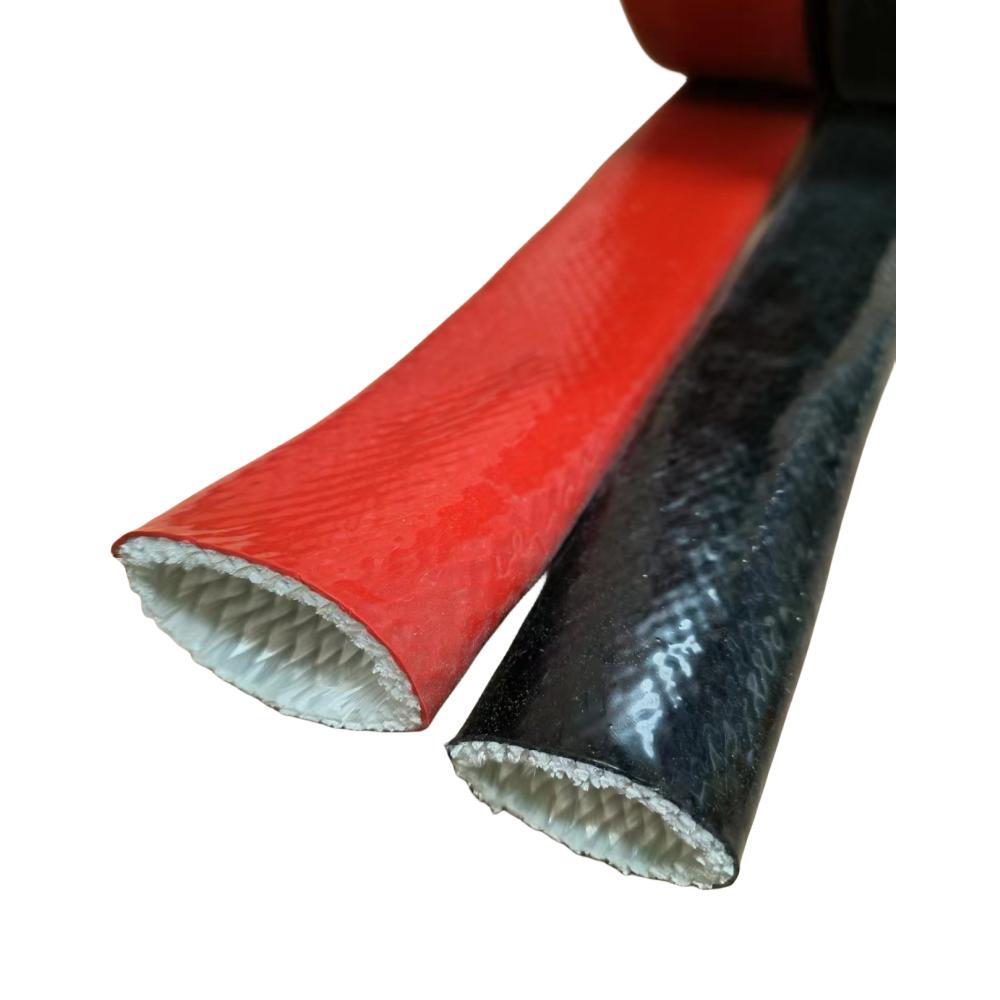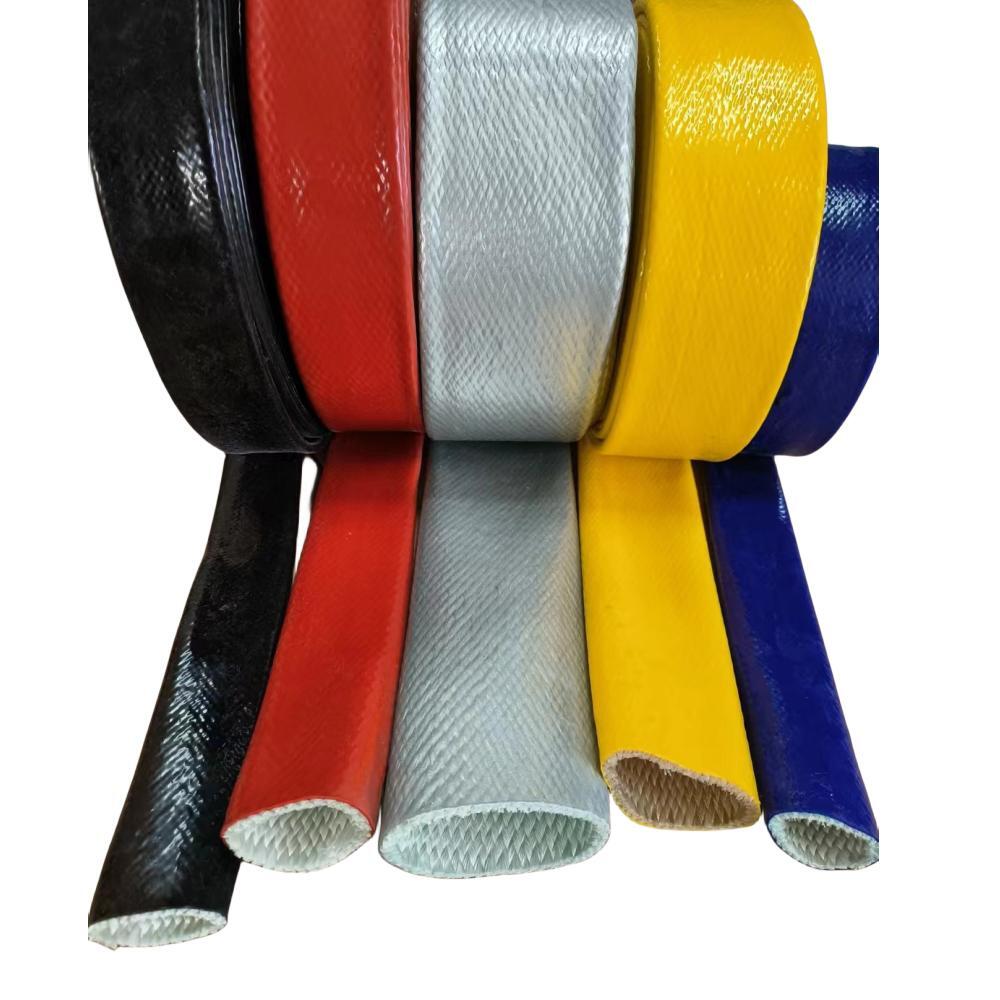Using a silicone-coated heat sleeve is a good choice for protecting an oil line from heat damage. Here’s how you can go about using it:
Select the Right Size: Ensure the heat sleeve you choose is of the appropriate size for your oil line. It should fit snugly but not too tightly to avoid restricting oil flow.
Prepare the Oil Line: Clean the oil line thoroughly to remove any dirt, oil, or debris that could affect the adherence of the sleeve.
Slide the Sleeve onto the Oil Line: Carefully slide the silicone-coated heat sleeve onto the oil line. Start from one end and work your way to the other. If the sleeve has a split or opening, this makes installation easier.
Positioning: Position the sleeve so that it covers the section of the oil line that needs protection from heat. Ensure it extends sufficiently beyond the areas where heat exposure is a concern.
Securing the Ends: If the sleeve has adjustable ends or straps, secure them to ensure the sleeve stays in place. This prevents it from sliding or moving during operation.
Test and Inspect: Once installed, check the sleeve to ensure it is securely in place and covering the oil line adequately. You may want to run a test to see how it performs under normal operating conditions.
Maintenance: Periodically inspect the sleeve to make sure it remains in good condition. Silicone sleeves are durable but may degrade over time, especially if exposed to extreme temperatures or environmental factors.
By following these steps, you can effectively use a silicone-coated heat sleeve to protect your oil line from heat damage, ensuring reliable operation and longevity of your equipment.

